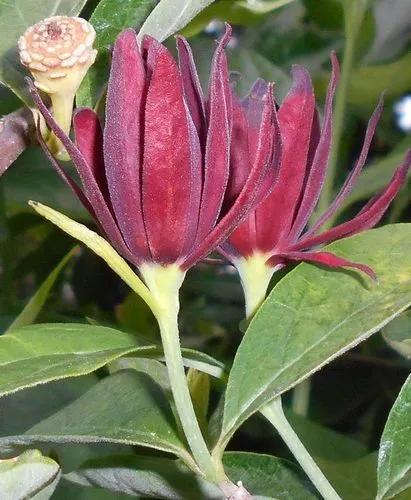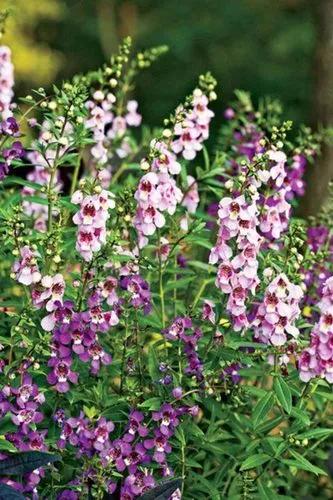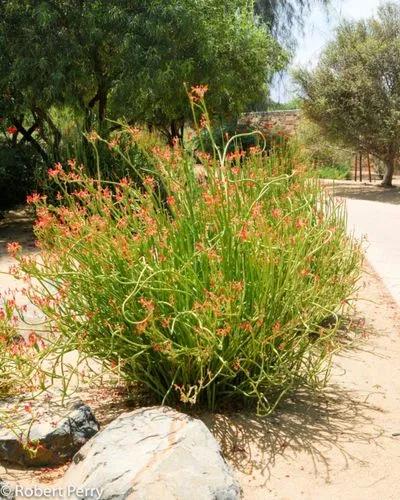Oxalis corniculata - the creeping woodsorrel - is an herbaceous plant in the family Oxalidaceae. It is a delicate low-growing flowering plant with a narrow, creeping stem that readily roots at the nodes, and trifoliate leaves subdivided into three rounded leaflets, resembling a clover in shape. Some varieties have green leaves, while others, like O. corniculata var. atropurpurea, have purple. It is regarded as a weed in gardens and agricultural fields.
Creeping Yellow Woodsorrel Care
Oxalis Corniculata



How to Care for the Plant

Water

Water every 1-2 weeks, allowing soil to dry out halfway down between waterings. Expect to water more often in brighter light and less often in lower light.

Fertilizer

After the plants grow and have healthy stems and leaves, give them an application of 20-10-20 or 15-15-15 fertilizer once per week. Allow the soil to dry, and do not fertilize the wood sorrel plants if they become dormant.

Sunlight

Thrives in bright indirect to bright direct light. Can handle a few hours of direct sun.

Soil

Suitable for: light (sandy), medium (loamy) and heavy (clay) soils and prefers well-drained soil. Suitable pH: acid, neutral and basic (alkaline) soils.

Temperature

65°F-85°F (18°C-30°C). It’s best not to let it go below 60°F (15°C).

Additional

The leaves contain oxalic acid, which gives them their sharp flavour. Perfectly all right in small quantities, the leaves should not be eaten in large amounts since oxalic acid can bind up the body's supply of calcium leading to nutritional deficiency. The quantity of oxalic acid will be reduced if the leaves are cooked. People with a tendency to rheumatism, arthritis, gout, kidney stones or hyperacidity should take especial caution if including this plant in their diet since it can aggravate their condition

Popularity

2,316 people already have this plant 392 people have added this plant to their wishlists
Discover more plants with the list below
Popular articles






